Main Centre: Slimbridge, Gloucestershire GL2 7BT.
The Woodland Trust
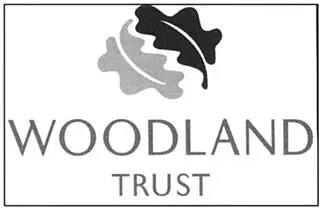
Founded by Kenneth Watkins in 1972, the Woodland Trust has been one of the voluntary movement’s surprise successes, striking a chord with our British love of trees and woods. It acquired its first property, Avon Valley Woods in Devon, near Watkins’ home, in 1972, and its 1000th, Coed Maesmelin, near Port Talbot, in 1999. The Trust’s straightforward purpose is to acquire woods of historic, scientific or amenity value, open them to the public and manage them in sympathy with their character. Although still only a medium-sized charity, with 63,000 members, the Trust has a sizeable income – £16.3 million in 1999 – from legacies, landfill tax credits, corporate sponsorship and appeals. It also sells timber on the Internet. It has offices in Scotland, Wales and Northern Ireland, and a headquarters at Grantham, Lincolnshire. An admirable proportion of the Trust’s budget goes straight into conservation; for example, in 1999, it spent £5 million on acquiring woods and £6.3 on managing them. Many Trust properties are SSSIs, managed by agreement with one of the conservation agencies, and nearly all of them are de facto nature reserves, with nature conservation a primary aim. Today it owns or manages 1,080 sites covering 17,700 hectares.
With its open house policy, the Woodland Trust aims to promote public enjoyment (‘Wild about Woods’) and to ‘engage local communities in creating, nurturing and enjoying woodland’. It publishes an attractive quarterly newsletter, Broadleaf , and many of its properties have their own leaflets. The Trust also contributes towards the national Millennium Forest project. Though on occasion a little too anxious to plant trees where no trees are needed, the Woodland Trust has saved many fine woods from oblivion, and its overall influence on British woodland management has been benign, and considerable. On ancient woods, its aim is ‘no further losses’.
Address: Autumn Park, Grantham, Lincolnshire NG31 6LL.
Chief Executive: Mike Townsend.
Membership of the large conservation societies (in thousands)

Afterword: my own county trust
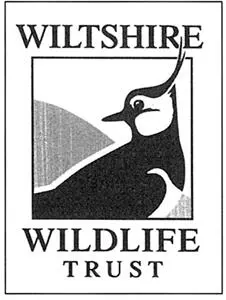
The county of Wiltshire has been the domain of great naturalists ever since John Aubrey wrote the first county natural history ( Memoires of Naturall Remarques ) in 1685. Richard Jefferies lived at Coate, near Swindon, and the location of his Bevis stories is preserved today as a country park. The county boasts one of the classic floras – Donald Grose’s 1957 Flora of Wiltshire . Its lep-idopterists include Baron de Worms, who was in charge of a chemical laboratory at Porton Down, and the Marlborough schoolmaster Edward Meyrick, perhaps the greatest microlepidopterist that ever lived, who lies in my parish churchyard. For 150 years we have had a flourishing Archaeological and Natural History Society based at the county museum, with its own journal. Even the county’s coat of arms commemorates its most characteristic, certainly its most spectacular, species, the now nationally extinct great bustard, standing back to back, in their proper colours.
The Wiltshire Wildlife Trust, then the Wiltshire Trust for Nature Conservation, was formed in 1962. At that time nature conservation was scarcely more than the hobby of a few hundred local naturalists. As one of the founders, Lady Radnor, recalled, ‘We thought then, very innocently, that if we could stop egg-collecting and the men with butterfly-nets, if we could persuade government to ban some of the more deadly pesticides then all would be well’. Agricultural pesticides were the big issue then. A Trowbridge farmer recalled how, walking through the town centre in the early 60s, there was often a lingering niff in the air: not the emissions of some factory but the agricultural sprays from farmers’ fields.
The transformation of the Wiltshire Trust from a modest local charity to a business with over 50 full or part-time staff and an annual turnover of well over a million pounds has taken place quite recently – mostly since 1990. Financially the Trust’s main benefactors have been the Heritage Lottery Fund (HLF) and the Landfill Tax Credit Scheme, both created in the mid-1990s. Lottery grants have provided many trusts with their biggest windfall, enabling them to buy those long-needed fences or set about restoring wetlands by ambitious damming and drainage schemes. Typically the Fund would provide three-quarters of the costs, leaving the Trust to make up the rest from other donations or its own resources. The Wiltshire Trust was among the first to see the opportunities this presented. As it happened, the HLF’s administrative body, the National Heritage Memorial Fund, was already a good friend of the Trust, having helped it to acquire three nature reserves, including Ravensroost Wood, the Trust’s showcase reserve near Swindon. The opening for business of the Heritage Lottery Fund coincided with the sale of a traditional farm at Jones’s Mill near Pewsey, which the Trust was anxious to save. Its director dashed over to take pictures and filed an application that same day. Two weeks later it had enough money to purchase the important part of the site, which is now a well-loved nature reserve. The HLF has since helped the Trust to purchase sites of national importance, including Clattinger Farm, a ‘time warp’ vista of flower meads untouched by the plough or agricultural chemicals, Coombe Bissett Down, one of the best British sites for burnt-tip orchid, and, most recently, a 235-hectare property at Blakehill Farm for restoration to its former flowery glory. The Wiltshire Trust passes on its experience of working with the Lottery by chairing the Trust partnership’s working group on Lottery funding. Gary Mantle, the Trust’s director since 1990, attributes part of its success in this field in part to the Trust’s relatively modest size: ‘We’re lean and hungry, fleet of foot’. It is also, as I am able to attest (wearing my other hat as a Lottery assessor), impressively businesslike. When it says it will do such and such, it does it. The Lottery appreciates bodies that demonstrate value for money.
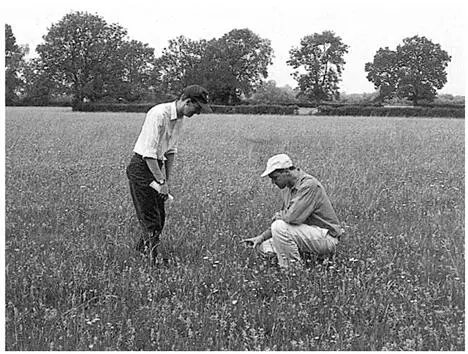
James Power and Gareth Morgan of the Wiltshire Wildlife Trust at Clattinger Farm, which became a Trust reserve in 1997.
Landfill Tax Credit, introduced in the mid-1990s, is the great unsung windfall for voluntary nature conservation. Essentially it is a tax levied on every ton of rubbish buried. Twenty per cent of the tax collected can be retained by the operator and given away to a registered environmental body of its choice. The rules are complicated, but the potential largesse is enormous, with £100 million becoming available for good causes in the first year of operation alone. Wildlife bodies have often been a little slow to spot a potential winner, but the Wiltshire Trust sniffed the air like an emergent vole and pricked up its ears. For several years it had worked with the Hills Group, a large aggregates and landfill operator, on the Braydon Forest countryside management project in the north of the county, in an effort to preserve some glorious countryside close to Swindon and open it to the public. The Trust got itself on the list of eligible charities, and brought along its shopping list of activities. The upshot was that it received a present of £200,000 towards a range of activities. There is, however, a potential conflict of interest between landfill operators and environmental bodies since the latter would really prefer rubbish to be burnt or “recycled rather than buried. A shake-up of how the landfill tax is spent seems imminent.
Читать дальше
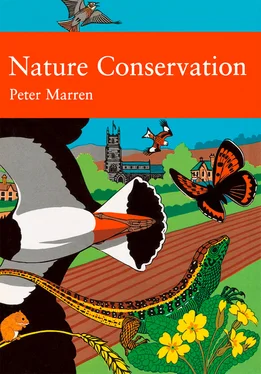





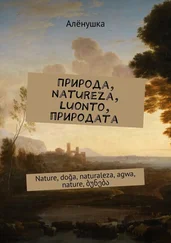

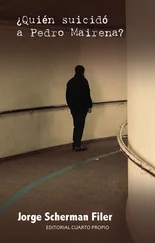
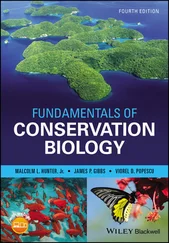





![Various - Birds and Nature, Vol. 12 No. 5 [December 1902]](/books/745517/various-birds-and-nature-vol-12-no-5-december-thumb.webp)
![Various - Birds and Nature Vol. 11 No. 2 [February 1902]](/books/745533/various-birds-and-nature-vol-11-no-2-february-1-thumb.webp)